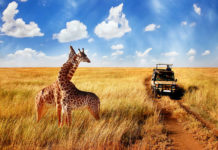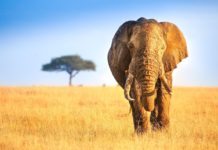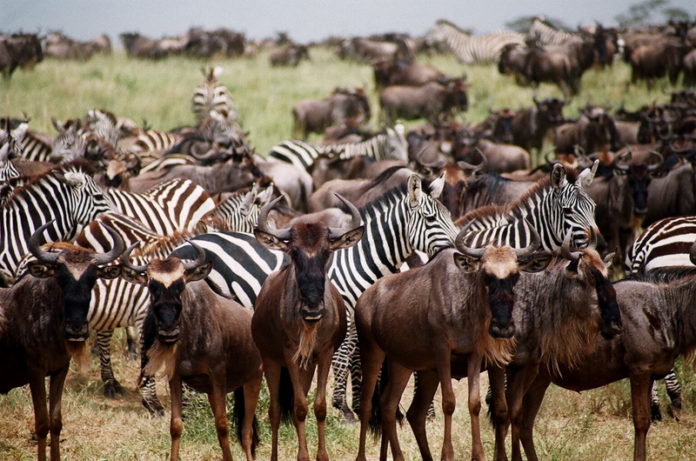
Traveling around the entire world is something that people tend to do until the end of their lives. However, two things stop them to achieve their plan – free time and money. Because of that, the majority of people pick the most attractive destinations to visit. For instance, most of the tourists visit parts of Europe, the United States, Russia, etc.
But, what if you are missing to see some of the most beautiful things in some less important places?
People started to understand that even less expensive places can bring them an entertaining trip. You can see that more and more people visit Africa in the last couple of years. In this article, we will analyze one of the countries that is located in the east part of the continent – Tanzania. More precisely, in this case, we will talk about Great Migration in this country.
What is Great Migration in Tanzania?
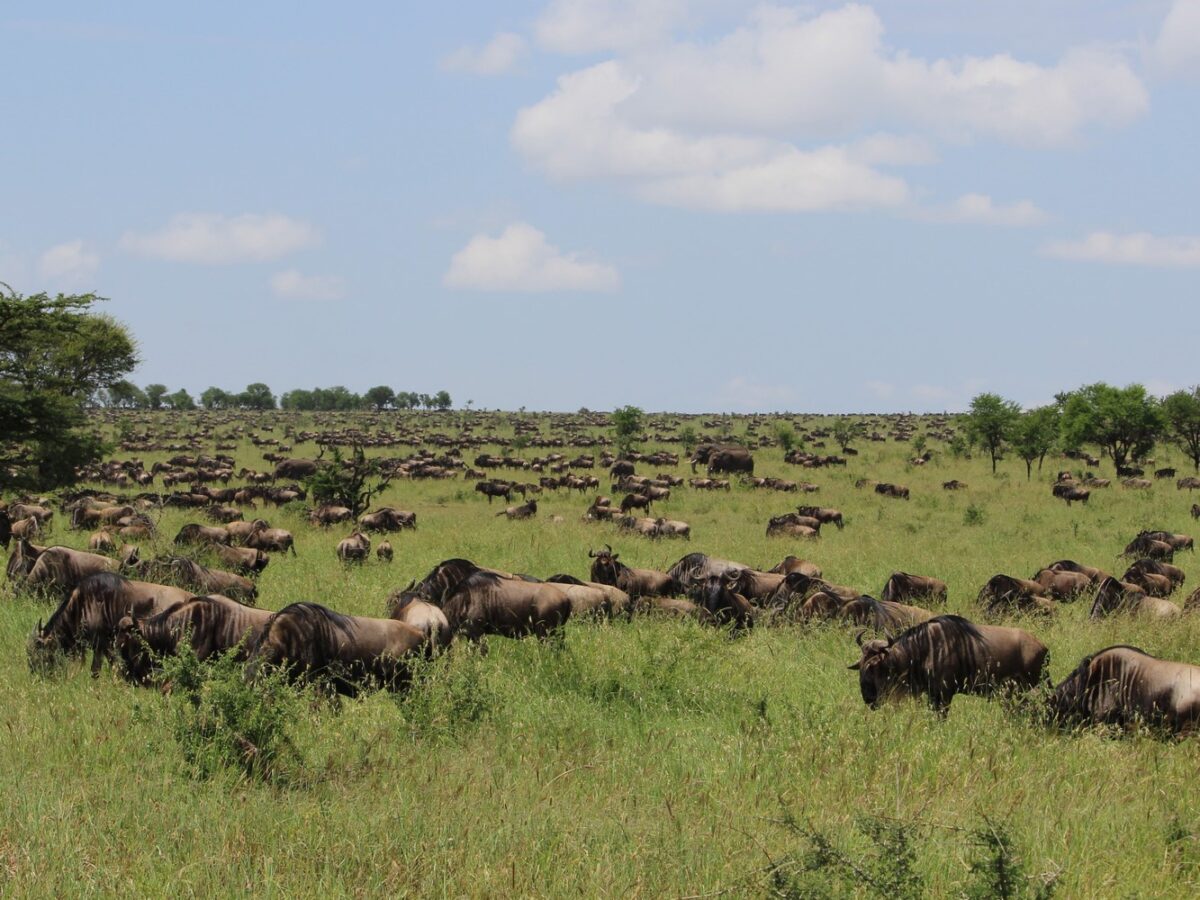
It might happen that you have never heard about this type of migration. Believe it or not, nearly 2 million wildebeest moves from Serengeti in Tanzania to the south part of Kenya’s Masai Mara. The animals migrate there because they look for the life-giving water and lush grazing grounds. More precisely, these animals are following rains. The total length of the migrations is nearly 3000 kilometers. Imagine how it looks when you see a huge number of animals in one place. It is an event that you definitely need to attend.
When and How Should You Attend Great Migration?
You maybe think that Great Migration is a one-year event. Fortunately, this I an all-year-round event, and you can travel to Tanzania to see this incredible event in each part of the year. Of course, that doesn’t mean that in every moment these migrations have the same intensity. Because of that, we want to divide this part into three different groups. More precisely, there are three parts of the year that we need to analyze – July to (early) October, December to March, and the rest of the year. Let’s analyze one by one.
July – (Early) October
During this period, it is a dry season in Africa. A lot of visitors will tell you that this part of the year is the best to see the true beauty of Great Migration. From July to early October, the wildebeest are located in the north part of Serengeti plains. Thousands of animals are crossing the great Mara River to find life-giving water. If you plan to visit Tanzania during the summer, then expect to see a huge number of American and European tourists.
December – March
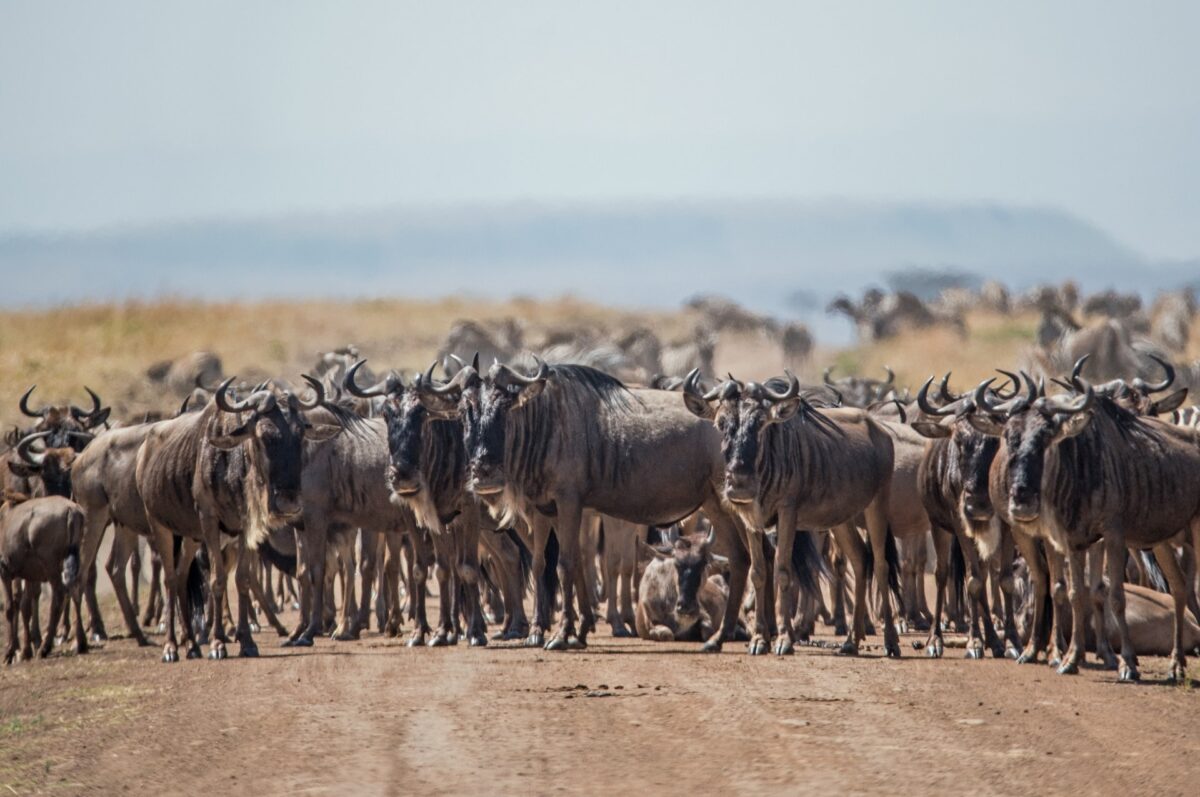
As we said, this is all-year-round migration. The previous period is maybe the most interesting one. Yet, it doesn’t mean that nothing entertaining happens during the rest of the year.
During this period, you can find thousands of wildebeest in the southern part of the Serengeti. Let’s be more precise. You will be able to see the migration in Ndutu, the part of the Ngorongoro Conversation Area. Imagine how amazing would be to see that the number of animals crossing over the river. Despite that, the tourists will be able to see congregate on the dramatic sweeping plains of the south.
Calving seasons happen during February in Tanzania. Because of that, this might be the best possible month to attend during this period.
Rest of the Year
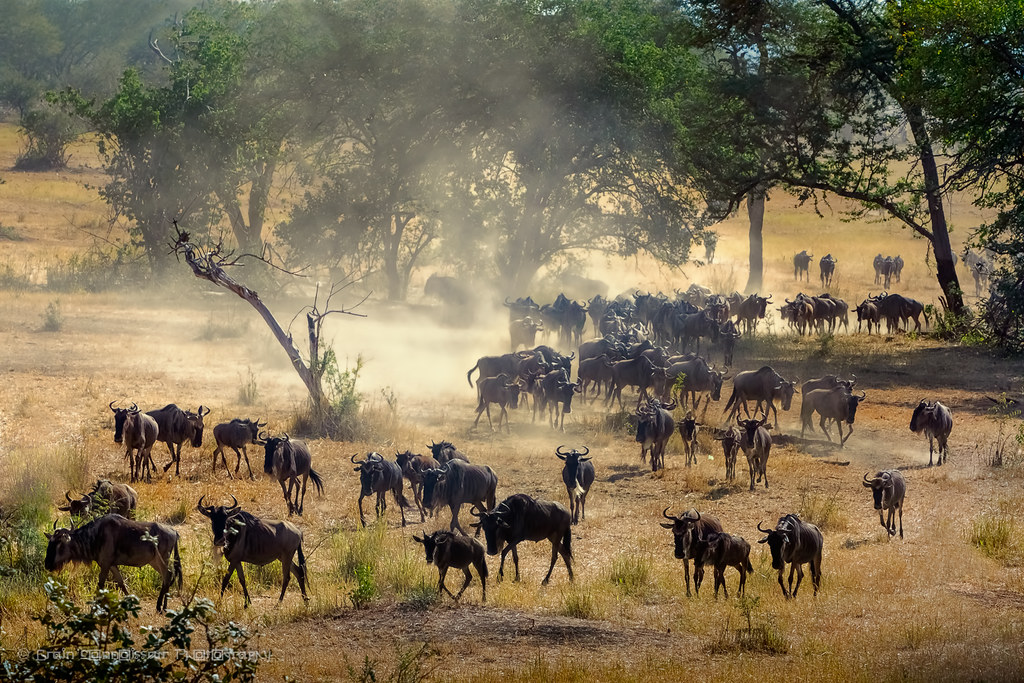
Okay, the rest of the year might be a bit less interesting than the previous two periods. However, it would maybe be a better choice for people that are planning to save their money a little. The prices go down because the rest part of the year is a bit less popular.
Anyway, it doesn’t mean that you will see nothing. The months such as November, April, May, and June are different from others. The locals like to say that you can find animals on the “in-between” location. In other words, this is a transitional period which means that the migrations do exist, but they might not be as big as you imagined.
A short explanation of why this period is a bit less entertaining. The rains in November are short, but they create enough conditions for animals to survive. Despite that, April and May are the months when it is raining the most. Because of that, the grass is “green” in Serengeti and huge groups of animals stay here.
This all maybe sounds complicated to understand. Besides that, people are not quite sure which period to pick. That’s why we suggest you check LeadwoodExpeditions and find out the valuable pieces of advice about this event.
Will My Hotel Be Far Away from the Event?
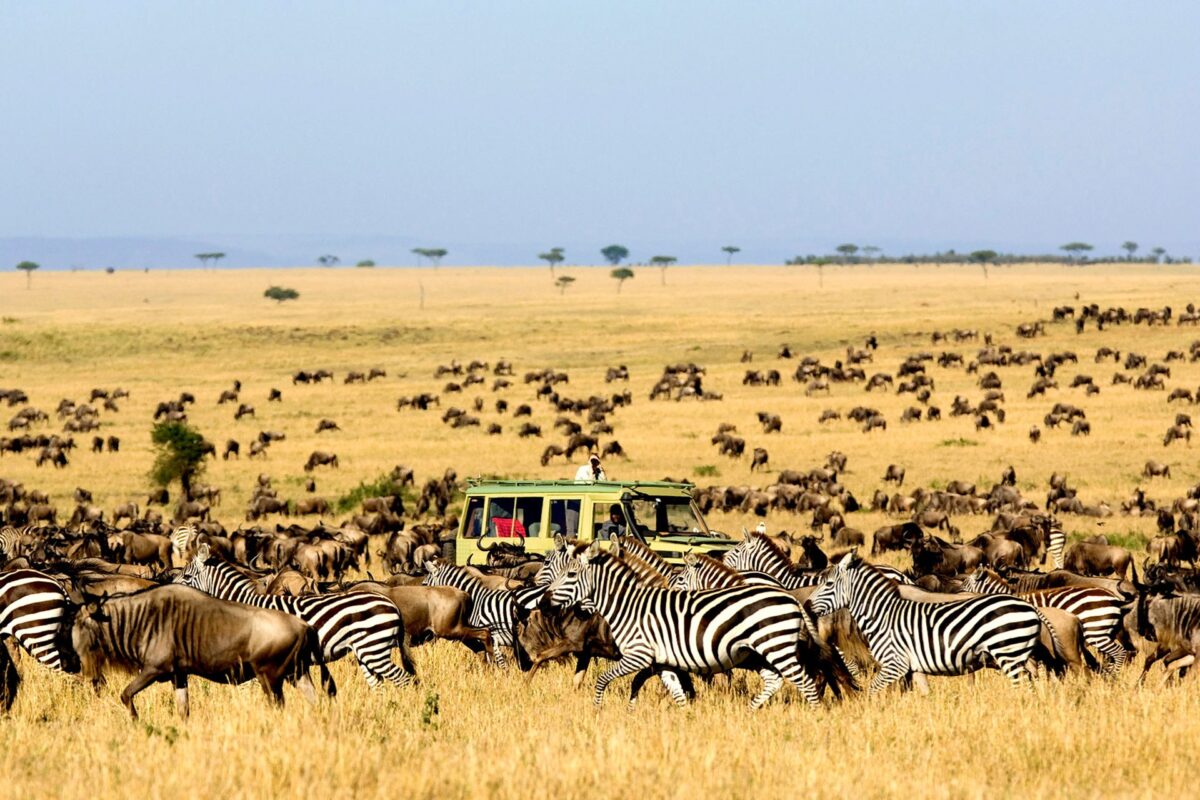
Logically, this is one of the most common questions that tourists before coming to Tanzania. There are some nice hotels that you can find, but they are not near the places where the event is happening. Despite that, the wildebeest herds are constantly changing their location and it would be tough to follow them all the time.
Fortunately, there is an option that you will definitely like. The tourists will be able to stay in the so-called” Serengeti’s mobile camps. The camps are great because you won’t be able to find them always in one place.
They are constantly moving from one place to another together with the herds at a particular time. However, we will let you do your research and find out which camps are the best options for you. We do not tend to promote any of them, but we can say they offer quite good conditions.
Is It Safe?
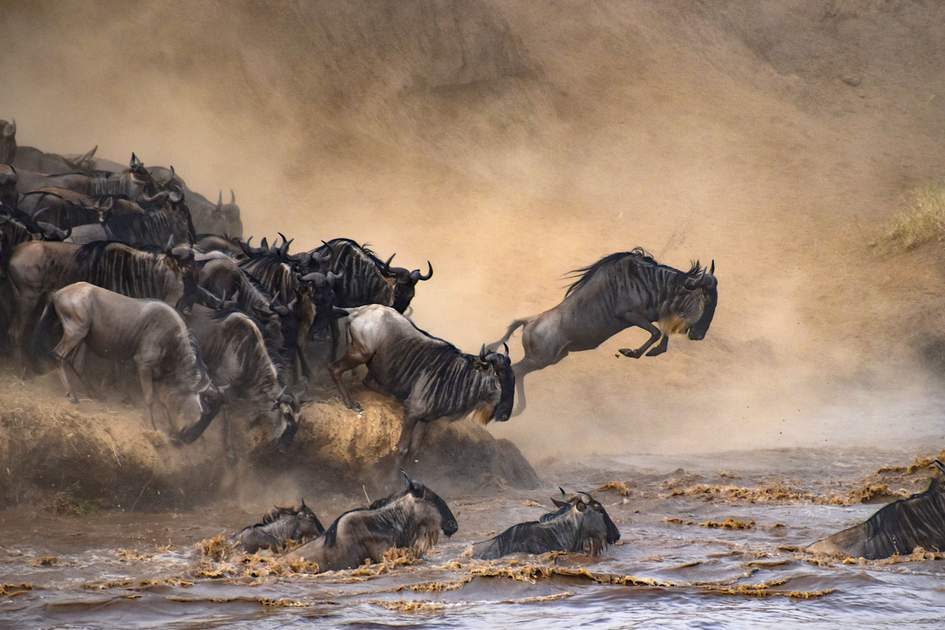
Tanzania and the Great Migration are safe, but it is necessary to follow the rules. Your security only depends on you. It is good to mention that the size of the Serengeti ecosystem is around 30 000 km2. This is a huge space and it is not recommendable at all to try to explore things alone.
First of all, you can get lost because each part of the ecosystem looks almost the same. Always stay together with the group! Despite that, what would happen if you go to some place where lions and other animals are located? Would you be happy to meet them?
Anyway, we totally support your desire to visit this event and we hope that our article helped you understand things better.



